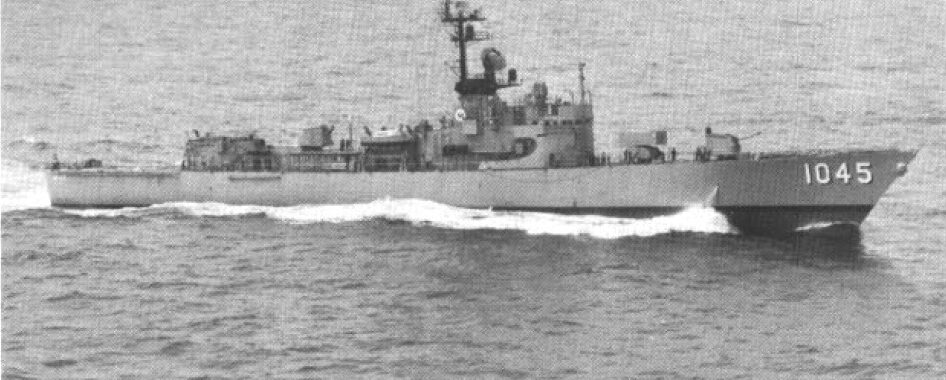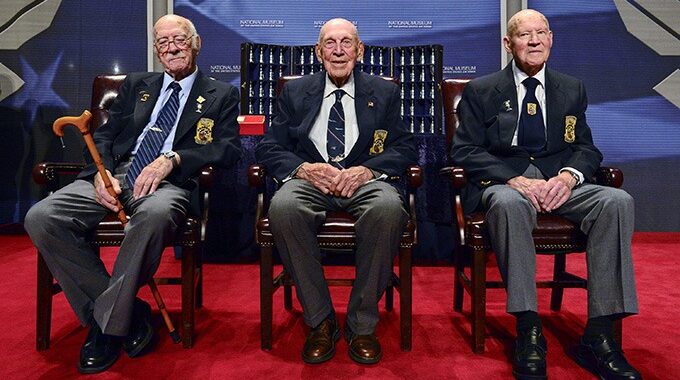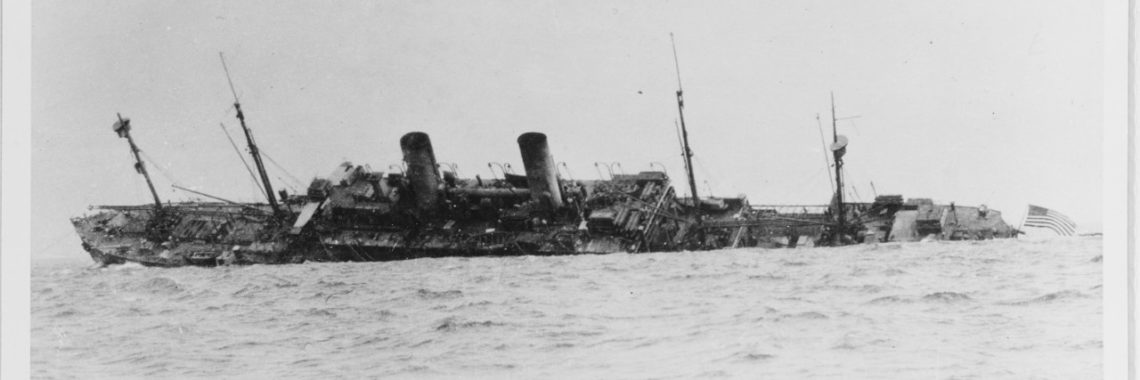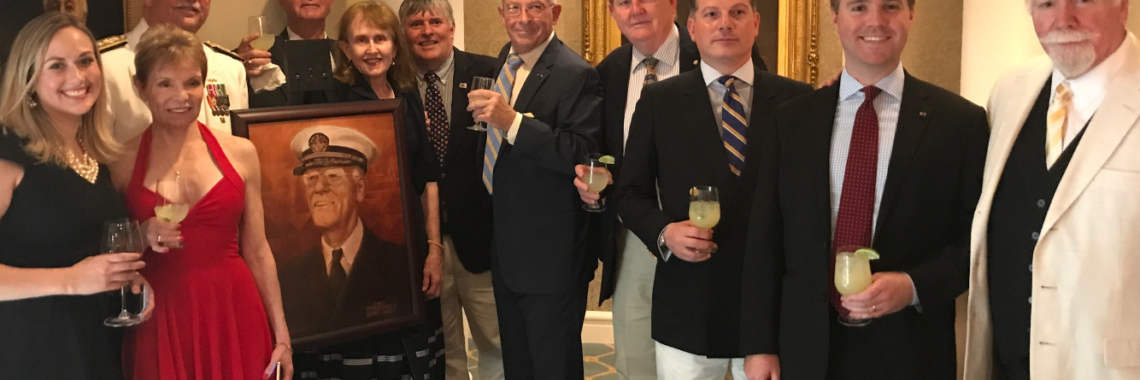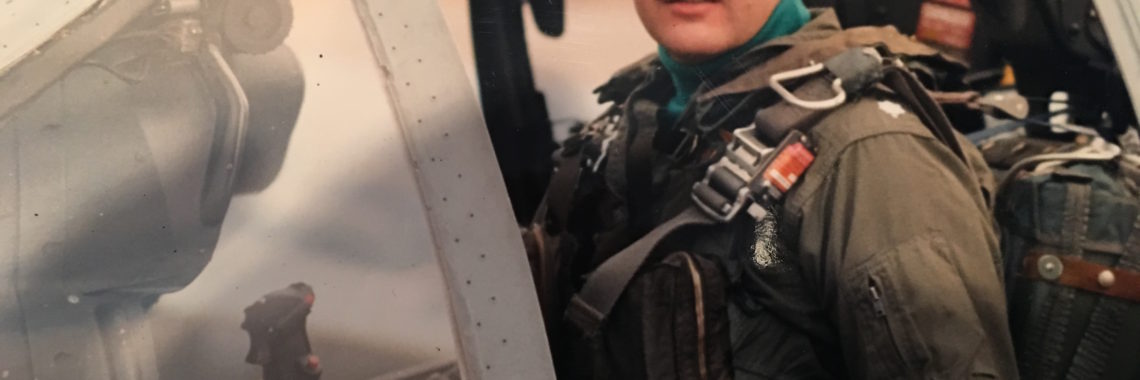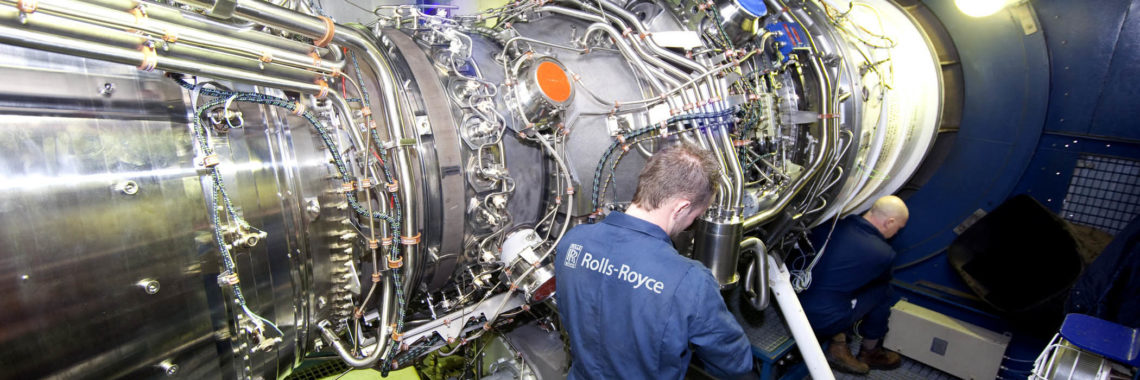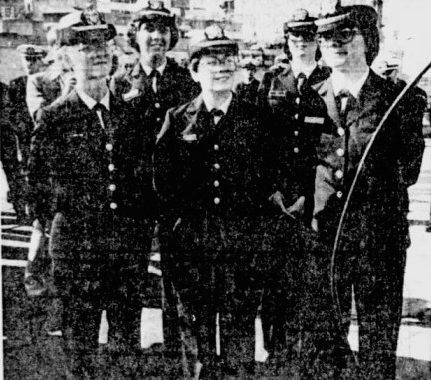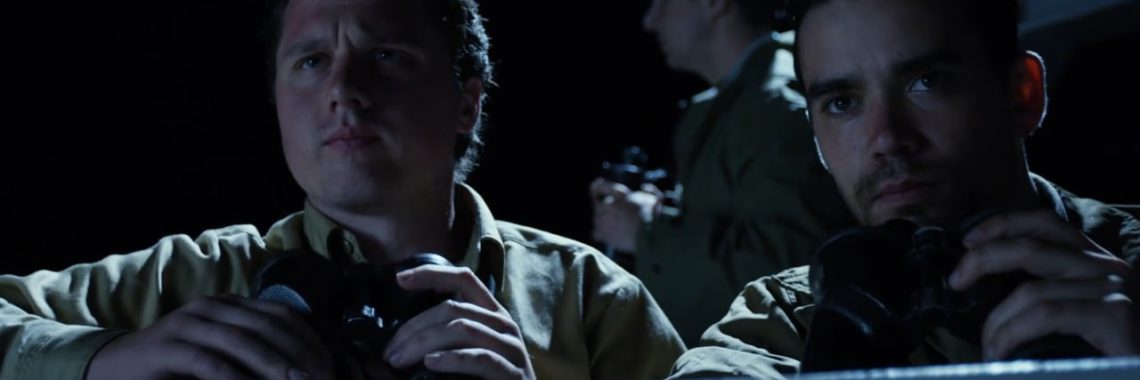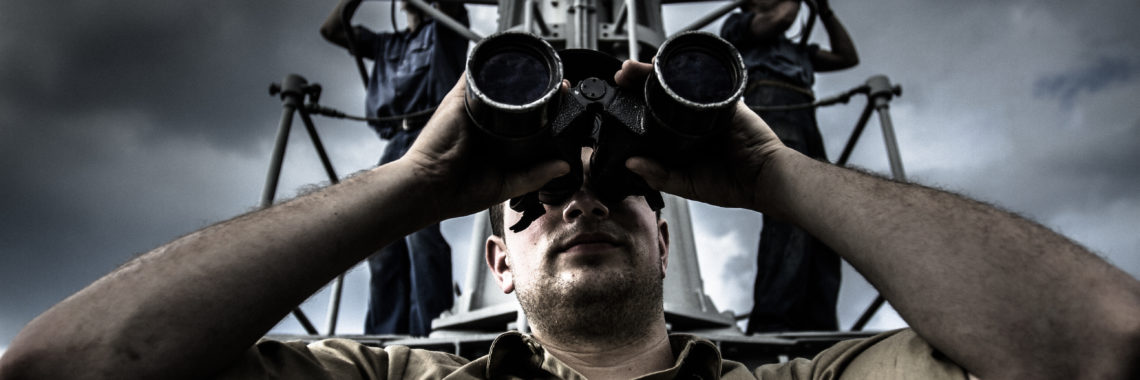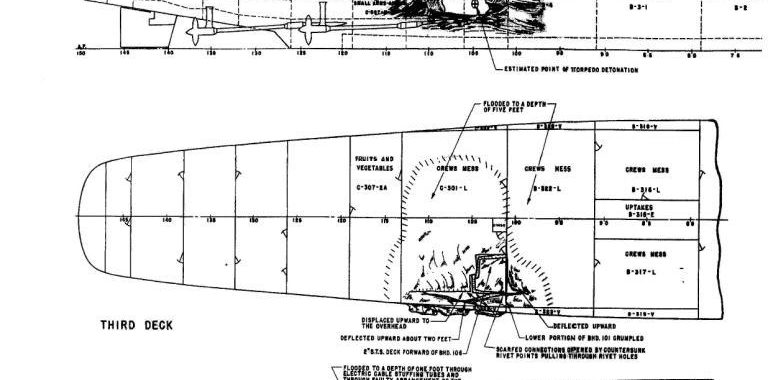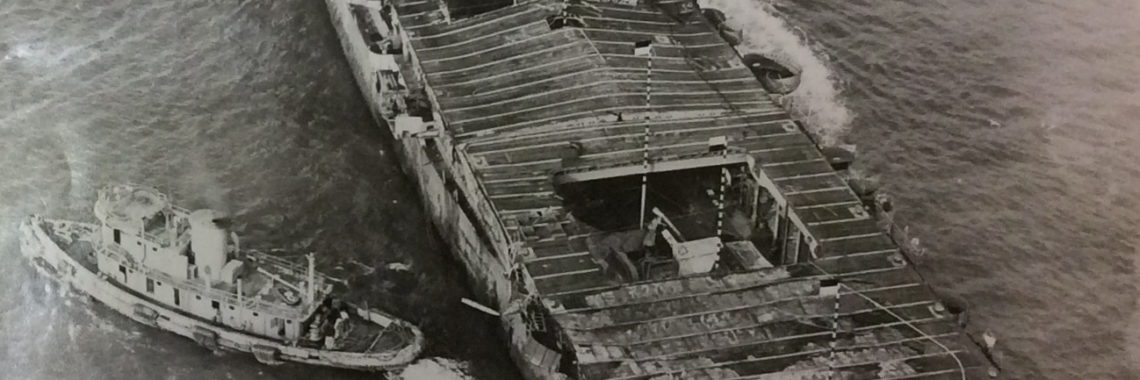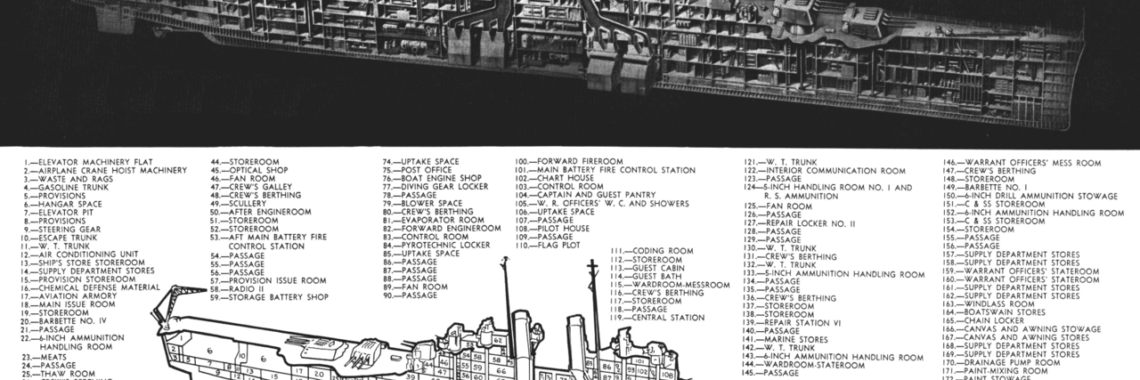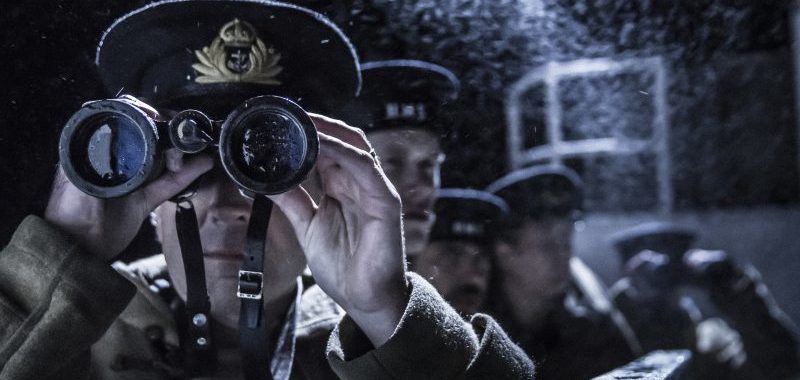50 Years Ago: Easter Offensive, South Vietnam 1972 — Recollections of the Role of USS Davidson (DE-1045)
By F.H. McCullough, III INTRODUCTION Fifty-years ago, in the Gulf of Tonkin, during the evening of May 8, 1972, offshore North Vietnam, a U.S. Navy SH-3 Sea King helicopter was making its approach to the U.S. Navy’s guided missile light cruiser USS Providence (CLG 6), flagship of Rear Adm. Rembrandt C. Robinson, USN, the Commander

